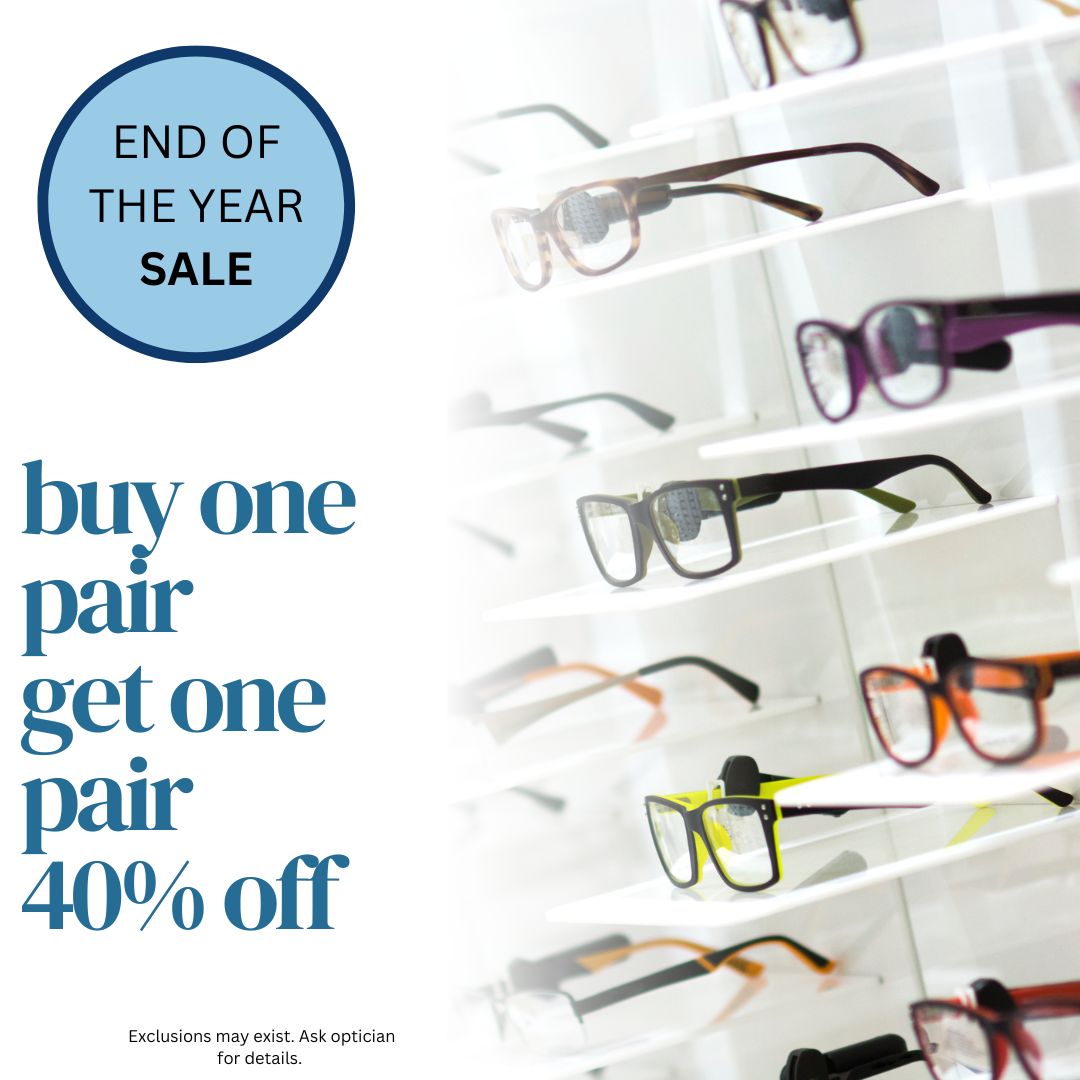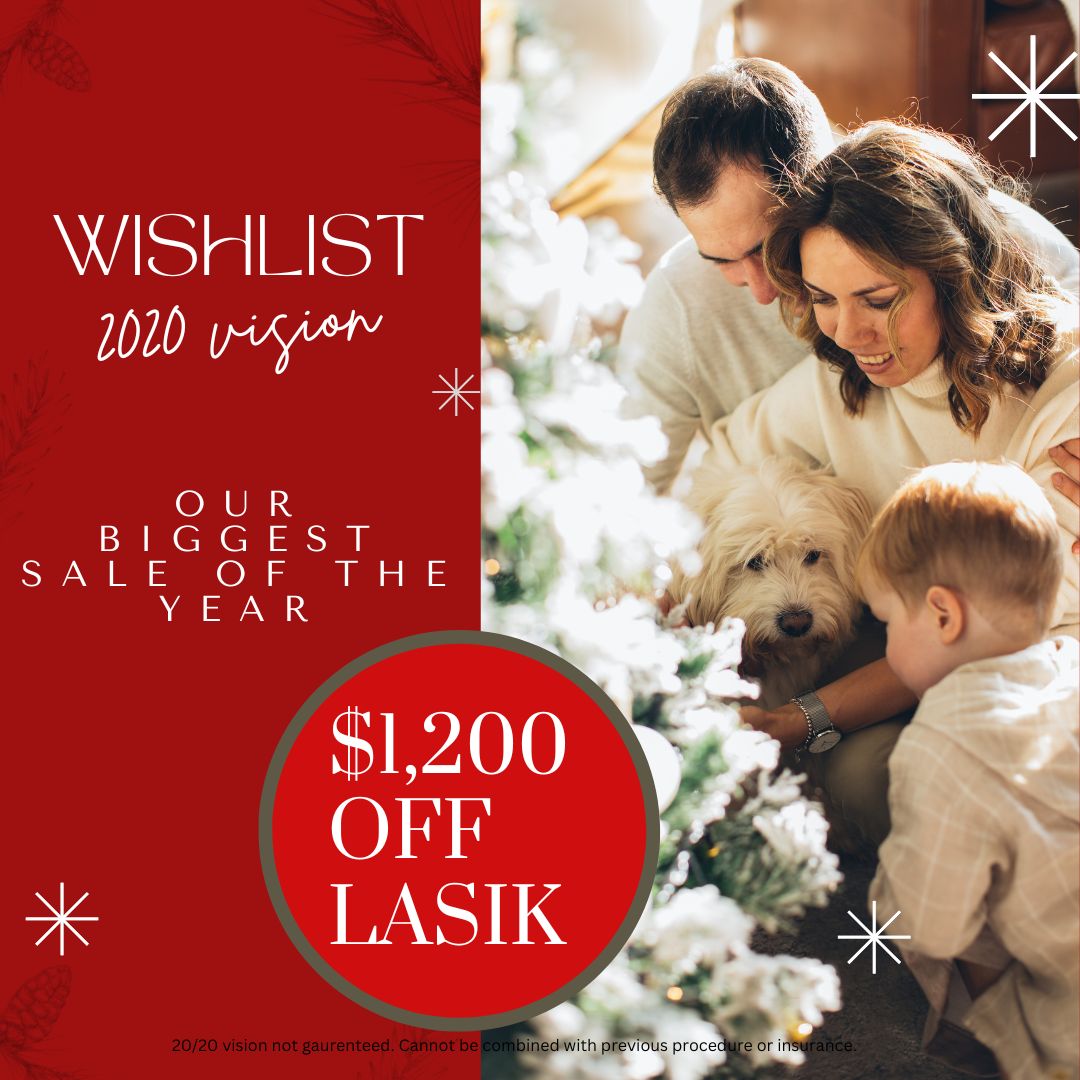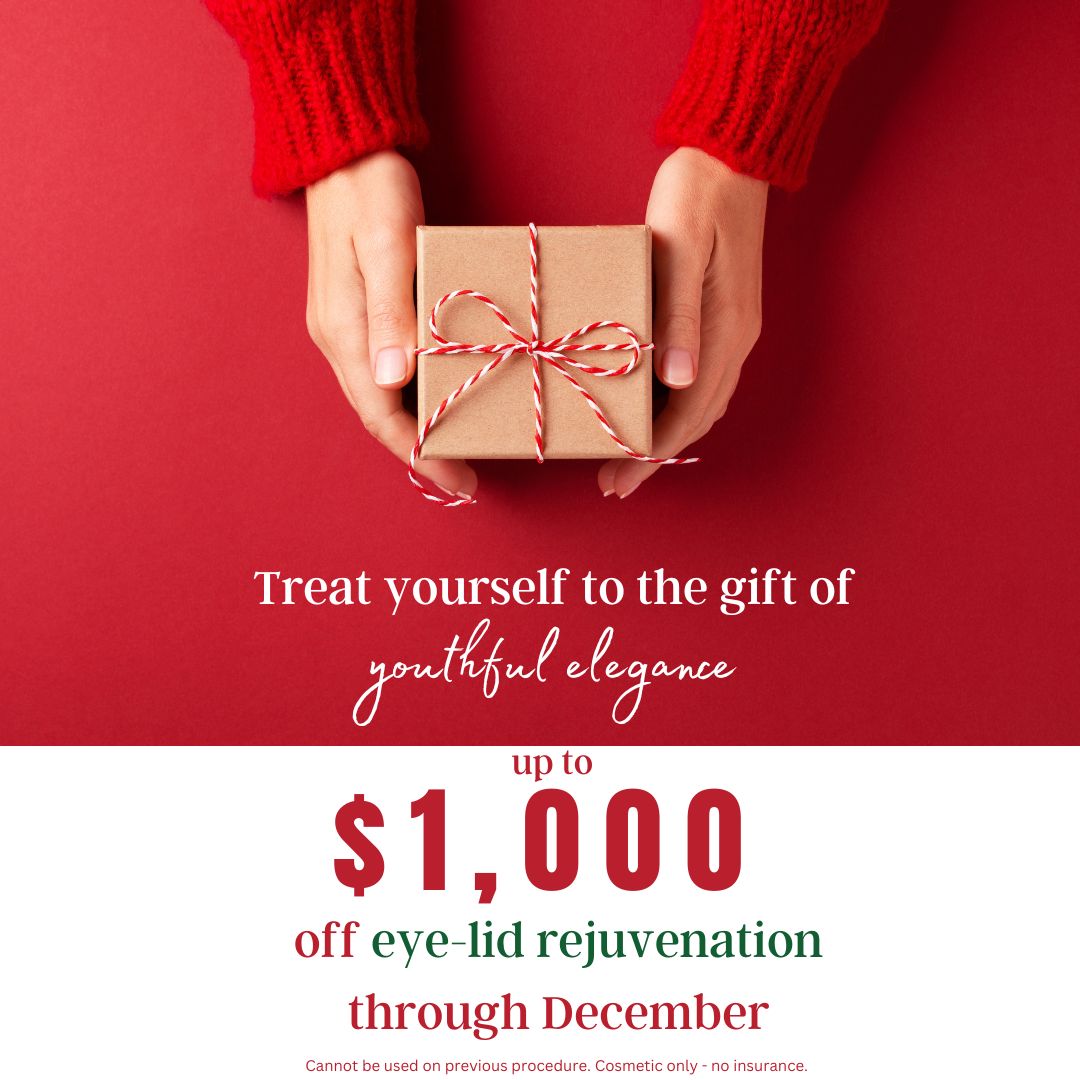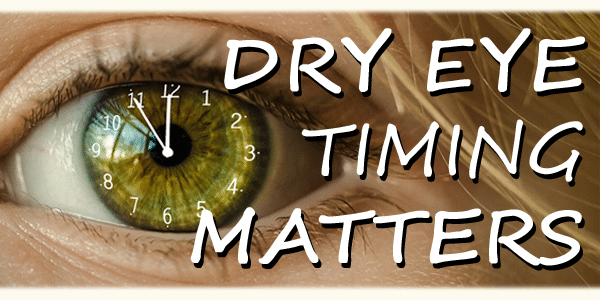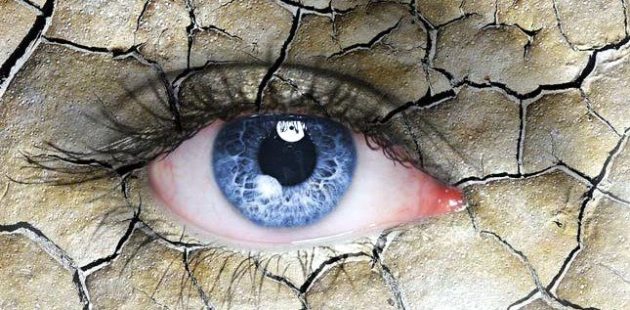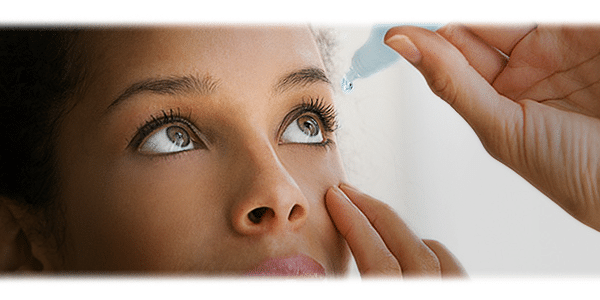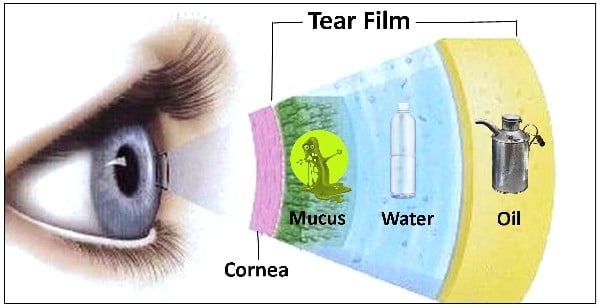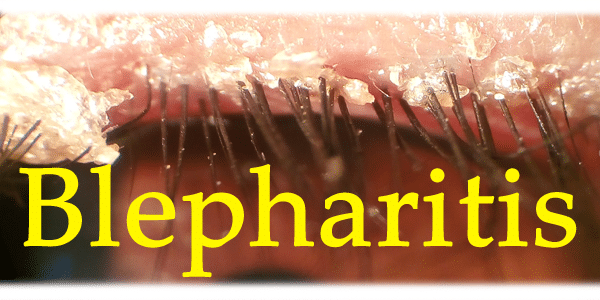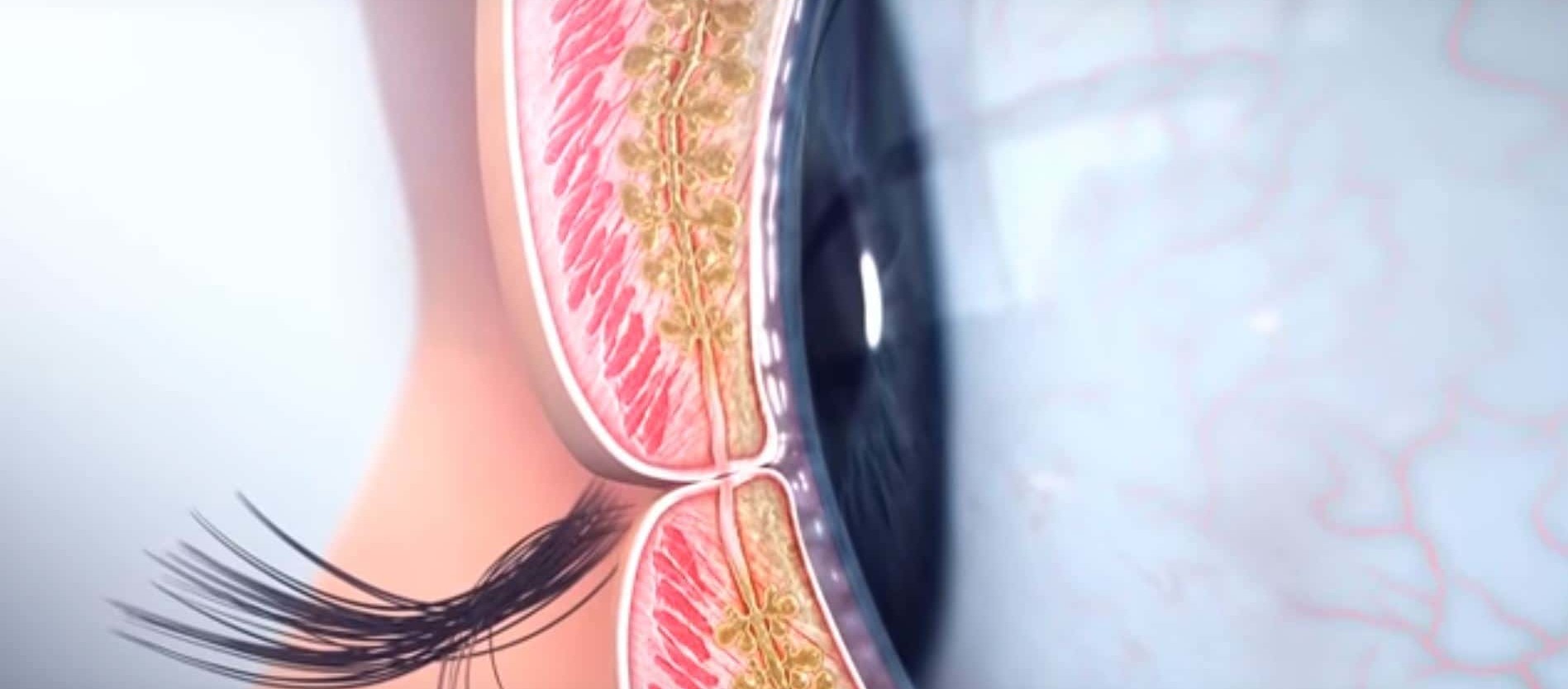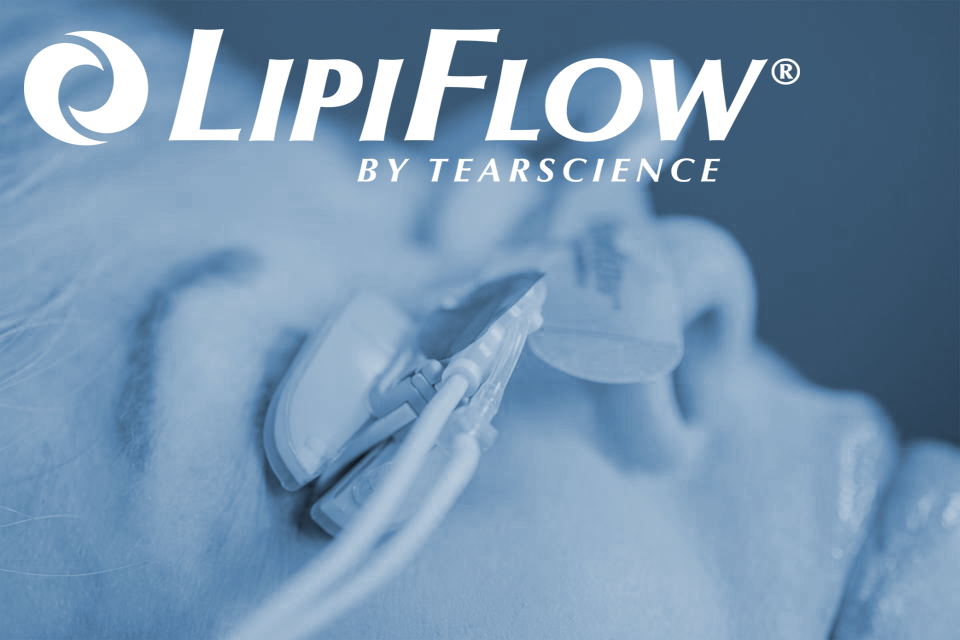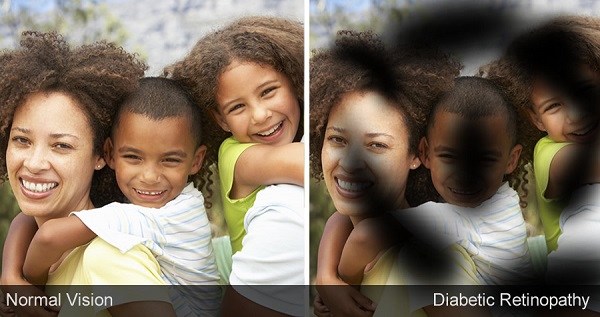Dry Eye Disease is a condition which can present itself at any age. The public perception is that it happens as you get older and is normal. However, that is not true due to modern rituals such as fast food, increased electronic use, and fast pace life. We are seeing dry eye in patients in their twenties.
Many of the contributing factors such as decreased blink rate, nutrition, dehydration, and chronic inflammation from allergies or bacteria can be changed. Modifying these factors can prevent further progression of dry eye before irreversible eye damage occurs.
Dry eye has two components: volume and quality of tears. The decrease in volume of tears is what most people recognize as dry eye but it is really only half of the problem. The tears are made up of three layers, the mucus, water, and oil layer. If all of these components are not adequate, then the tears will not effectively protect your eye. Research has discovered that 86% of dry eye is related to the lack of oil in the tears. The oil in your tears is provided by meibomian glands which are found in the eyelids. The oil glands will express oil into the tears when we blink. However, with our electronic advances people of all ages have increased the time spent reading and being entertained by our devices. When we engage in these activities, we reduce our blink rate and decrease the oil in our tears as well as the function of the glands.
 Our diet also can contribute to poor gland function with a decrease of omega 3 in the diet and chronic dehydration. So the key is getting educated about the factors that will cause increased dryness and change them. Also getting frequent yearly checks to make sure your glands are functioning properly is important.
Our diet also can contribute to poor gland function with a decrease of omega 3 in the diet and chronic dehydration. So the key is getting educated about the factors that will cause increased dryness and change them. Also getting frequent yearly checks to make sure your glands are functioning properly is important.
We do have treatments available in office to help with the factor contributing to meibomian gland dysfunction. BlephEx® is a procedure that will clean the bacterial biofilm that sits on the lids, and LipiFlow® will reopen the oil glands to improve function and stop progressive loss of the glands. If you have poor gland function, it can be fixed if diagnosed early. But if you have had years of damage, we will not be able to regenerate new glands.
The key is telling your doctor if you have any signs of dry eye, fluctuation in vision, burning, redness, pain, or a sandy feeling in the eyes. They will then be able to direct you to an accredited dry eye center that can effectively diagnose and treat your dry eye. Gone are the days when you can be given only artificial tears and sent on your way for a year for your dryness. Artificial tears will help with some of the symptoms of dry eye but do not get to the root of the problem. Therefore, you will come back the next year feeling even more dryness. Artificial tears can cost up to $700 a year if you have two bottles (one at home and one at work) and you are using them about 4 times a day. The drops are not the same as your natural tears. They have the water and some have oil in them, but they are not the same as your natural tears. We have a new product call TrueTear™ and it stimulates new tear production from your natural glands producing oil, mucus, and water. Please contact our Dry Eye Service for more information.
Contact Us
Happy Holidays
It’s the holiday season at CarlinVision and a time to reflect on the past year. It surely has been an eventful and productive time. Having just gone through the worst of COVID, we have “stepped back” and spent 2022 re-evaluating our practice and focusing on our “infrastructure.” We have concentrated on improving our patient’s experience with less wait time for appointments, streamlining office visits, more efficient insurance processing, lab testing, and more. We have increased our professional staff, hired more technicians and front and back office workers and focused on training and furthering education. As a privately owned practice, not just a part of a hospital or private equity corporation, our commitment and reason for being is solely for our patients, not to profit.
It has been a good year! We have helped thousands and thousands of our friends and neighbors see better and improve the quality of their lives. We have provided a level of service that we feel one should receive when visiting the doctor. We have heard from many of you on the difference we’ve made in your lives and that we have met, and even exceeded, your expectations.
For that we are extremely pleased and grateful. Each of you are very special to us. So, we want to say thank you! We appreciate you entrusting us with the care of your eyes, your most valuable possession. We hope you have a very Merry Christmas and a joyous holiday season.
Richard Carlin, M.D.

The Gift of Sight
Each year, 40,000 Americans benefit from corneal transplants, the removal of diseased tissue from the clear crystal over the iris or colored part of the eye and replacement with healthy donor tissue. After death, the eyes are removed and the corneas are stored in Eye Banks until ready to be used for transplantation or research. Corneal transplantation (Keratoplasty) is the most successful of all organ transplants and can restore precious sight to those in need. Just ask those who have undergone the procedure! Please consider becoming an organ donor. It’s easy, free, and painless. Ask us for an organ donor card or check the box the next time you renew your Drivers License.
Why We Offer End of the Year “Specials”
This year we have some awesome “Specials” during the month of December! We are offering our deepest discounts on Lasik, making it more affordable than ever. Our Oculoplastics department is offering up to $1000 off cosmetic eyelid rejuvenation blepharoplasty procedures. Finally, the Optical Boutique allows a whopping 40% off a second pair when you buy one.
We do this simply as a way of saying THANK YOU to you, our patients, friends and neighbors. We sincerely appreciate your trusting us with the care of your eyes and helping us grow into the largest, most experienced eye care practice in Gwinnet County. Over the past 45 years we have been the premier practice in the area, and acknowledge that is because of you and your faith in us.
What Do You Know About Eye Health?
Studies show people fear vision loss more than cancer, stroke, and heart disease. Did you know?
Glaucoma, Diabetic Retinopathy and age-related Macular Degeneration are the leading causes of blindness in this country.
You may not have symptoms before you lose vision to eye disease.
Vision loss is NOT inevitable as you age.
Vision loss does not affect all groups of people equally.
- African Americans are 6-8 times more likely than Caucasians to develop glaucoma and lose vision.
- Asians are at increased risk for angle-closure glaucoma.
- Nearly 90% of those with age-related macular degeneration are Caucasian.
- Caucasians have a higher risk of diabetes than do whites.
Why Dry Eyes are Worse in Winter
If you suffer from Dry Eyes, now is the worst time of the year! Tears are produced from glands in the eyelids, composed of oil, mucus and enzymes. The oil layer assists in reducing evaporation, allowing the tears to stay on the eye longer. In the winter, when the humidity is low and especially in places with forced-air heating, tears tend to evaporate more quickly, especially in those with oil deficient dry eyes. The solution is to increase your dry eye regimen and adding “gel drops” to the treatment. Let us know if this doesn’t provide relief as there are other solutions that we may offer.
What is Color Blindness?
Color Blindness is when one cannot distinguish between certain colors. It may be partial and mild in which colors are seen normally in good light, but are difficult to distinguish in dim light. Rarely it is total color blindness, in which everything is seen in shades of gray.
Color blindness is due to a problem in the cone cells in the retina of which there are three types: red, green and blue. The brain uses the information from these cells to distinguish color. If one type is absent or dysfunctional, color perception is altered. If totally absent, one will not see any colors.
It may be congenital, which is stable and does not change throughout life, or acquired which may be progressive and due to disease, trauma, or drug toxicity.
While there is no treatment for congenital color blindness, special glasses or contact lenses may help. Treating the underlying cause of acquired color blindness is beneficial.
Progressive Lenses: Pros and Cons
If you are at the age where you need different glasses for distance and near, you might consider progressive lenses. These offer seamless increase in magnification from the top to the bottom of the lens, allowing you to see clearly at all distance. Looking straight ahead, you see distant objects and as you start to look down you see intermediate objects like a computer, store shelves, etc. As you look further down you see near objects, such as a book or your food. Unlike a bifocal or trifocal lens which has a definite line between the segments, a progressive lens avoids the telltale sign of age and eliminates the “image jump” that occurs when switching between segments. The disadvantage of progressives is that there is a learning curve which may take a couple of weeks. During this time you may notice the peripheral distortion and feel a bit nauseated or off balance.
